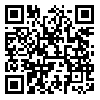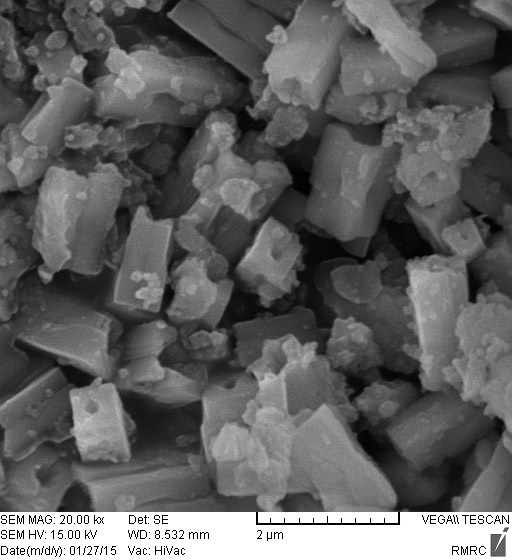Thu, Feb 20, 2025
[Archive]
Volume 17, Issue 2 (June 2020)
IJMSE 2020, 17(2): 1-7 |
Back to browse issues page
Download citation:
BibTeX | RIS | EndNote | Medlars | ProCite | Reference Manager | RefWorks
Send citation to:



BibTeX | RIS | EndNote | Medlars | ProCite | Reference Manager | RefWorks
Send citation to:
Manafi S, Joughehdoust S. Effect of Heat Treatment on Formation of Calcium Titanate Hollow-Crystals Nanostructures Prepared by Hydrothermal Method. IJMSE 2020; 17 (2) :1-7
URL: http://ijmse.iust.ac.ir/article-1-1322-en.html
URL: http://ijmse.iust.ac.ir/article-1-1322-en.html
Abstract: (15578 Views)
In this research, calcium titanate (CaTiO3) hollow crystals have been successfully prepared via hydrothermal method. Titanium tetrachloride, calcium chloride dihydrate and potassium hydroxide were used as Ti, Ca and precipitating agent, respectively. The hydrothermal synthesis was performed at different temperatures and time durations. The negative amount of the Gibbs free energy shows the reactivity of the reaction at room temperature. Characterization of CaTiO3 was carried out using scanning electron microscopy (SEM), high-resolution transmission electron microscopy (HRTEM) and X-ray diffraction (XRD). The optimum condition for preparing CaTiO3 is the sample kept in an autoclave at 300 ℃ for 3 h that requires less energy and time which consists of a high degree of crystallinity. In this research, tetragonal CaTiO3 hollow crystals have been successfully prepared via hydrothermal method. TiCl4, CaCl2.2H2O, and KOH were used as Ti, Ca and precipitating agent, respectively. The hydrothermal synthesis was performed at different temperatures and time durations. Characterization of CaTiO3 was carried out using SEM, HRTEM, and XRD. The sample kept in the autoclave at 300 ℃ for 3 h well crystallized and required less energy and time for synthesis. The powder has a homogenous dispersity of crystals with the range of nanometer to micrometer sizes which makes it a good candidate as a photocatalyst material
Type of Study: Research Paper |
Subject:
Ceramics
Send email to the article author
| Rights and permissions | |
 |
This work is licensed under a Creative Commons Attribution-NonCommercial 4.0 International License. |








